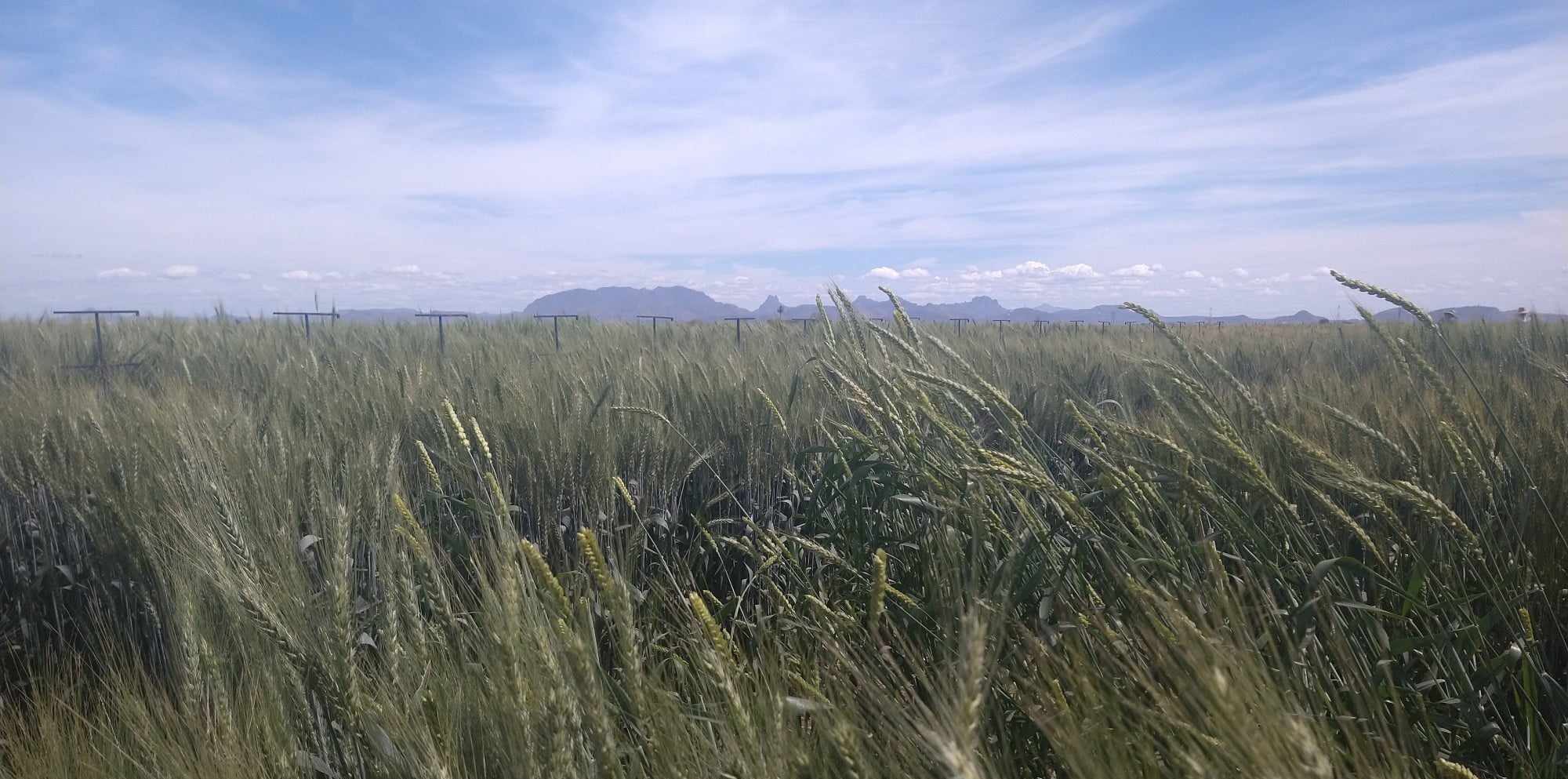Climate change and the future of wheat production

Wheat is the most widely grown cereal crop in the world. It’s no surprise why – it’s highly adaptable, reliable and used to make many staple and tasty products from bread to cake.
One of the main features that allows wheat to grow across the globe is its ability to grow in places which have different seasons and daylengths; from enduring the cold, rainy winters of the UK which gets dark before the working day is over, to the hot, long days of an Indian summer.
Wheat, like all plants, monitors the local environment to ‘know’ when to flower, so this essential transition doesn’t occur too early or late. Incorrect timing can cause the highly sensitive flowers to suffer from cold or heat damage which can cause their death, leading to much lower yields, so it is also essential for us that the plant gets this right.
In a changing climate, we will need to ensure our wheat is still able to adapt to the environment it finds itself in so that it doesn’t suffer damage to yields in extreme temperatures.
Paired with an ever-increasing population, we need to be increasing our yields to higher than ever before to ensure everyone is fed without taking more land away from natural ecosystems.
To achieve this, adapting the wheat genes involved in key pathways influencing flowering and stress response will be essential, enabling us to fine-tune varieties for their specific regions. We can do this in a variety of ways, from tapping into the rare natural variation in genes which exists but may not be present in some of our high-yielding varieties used by farmers, or by directly changing a gene to alter its function.
We’ve actually been doing this for centuries, though often without realising it - one pivotal example was the introduction of changes in key genes which reduced the height of wheat plants. This resulted in dramatically higher yields as plants weren’t falling over and becoming impossible to harvest, and biomass was redistributed from the stem into the wheat ear to directly increase the yield. This seemingly simple change was a key contributing factor for the Green Revolution pioneered by the scientist Norman Borlaug, saving millions of lives and earning him a Nobel Peace Prize.
Sometimes it seems like an impossible challenge we’re facing - to feed more people with less land in a changing climate that is resulting in more extreme temperatures and weather events. Whilst there is no single solution and we will always need to balance maximising agricultural output with protecting the environment, the Green Revolution has never really stopped. There has been constant growth and improvements in our fundamental understanding of wheat on all fronts, from a molecular to an agronomic level. This knowledge has been used to generate more robust, higher-yielding varieties, which will continue to improve with our ever-expanding understanding of all things wheat.
This blog was authored by Dominique Hirsz, a Priestley Climate Scholar and postgraduate researcher in the Faculty of Biological Sciences.
Main image: wheat field at the International Maize and Wheat Improvement Center (CIMMYT) in Mexico. Credit: Dom Hirsz
